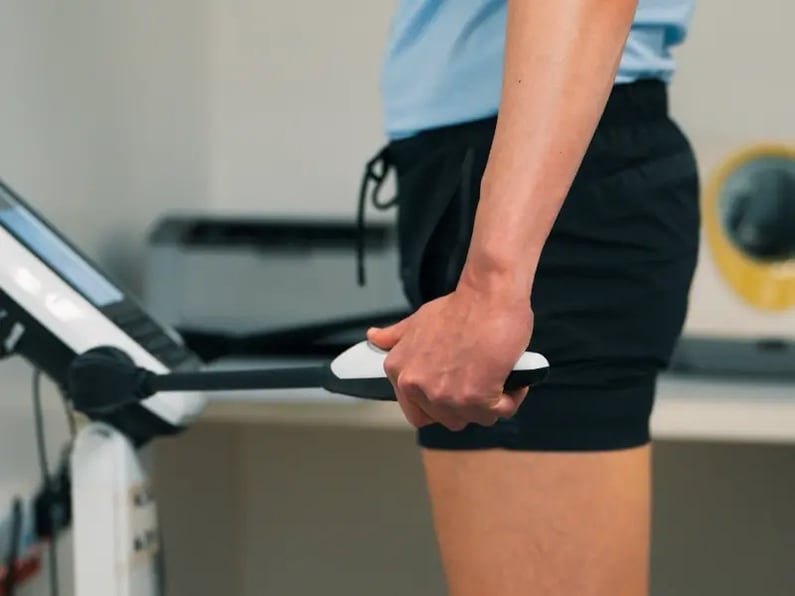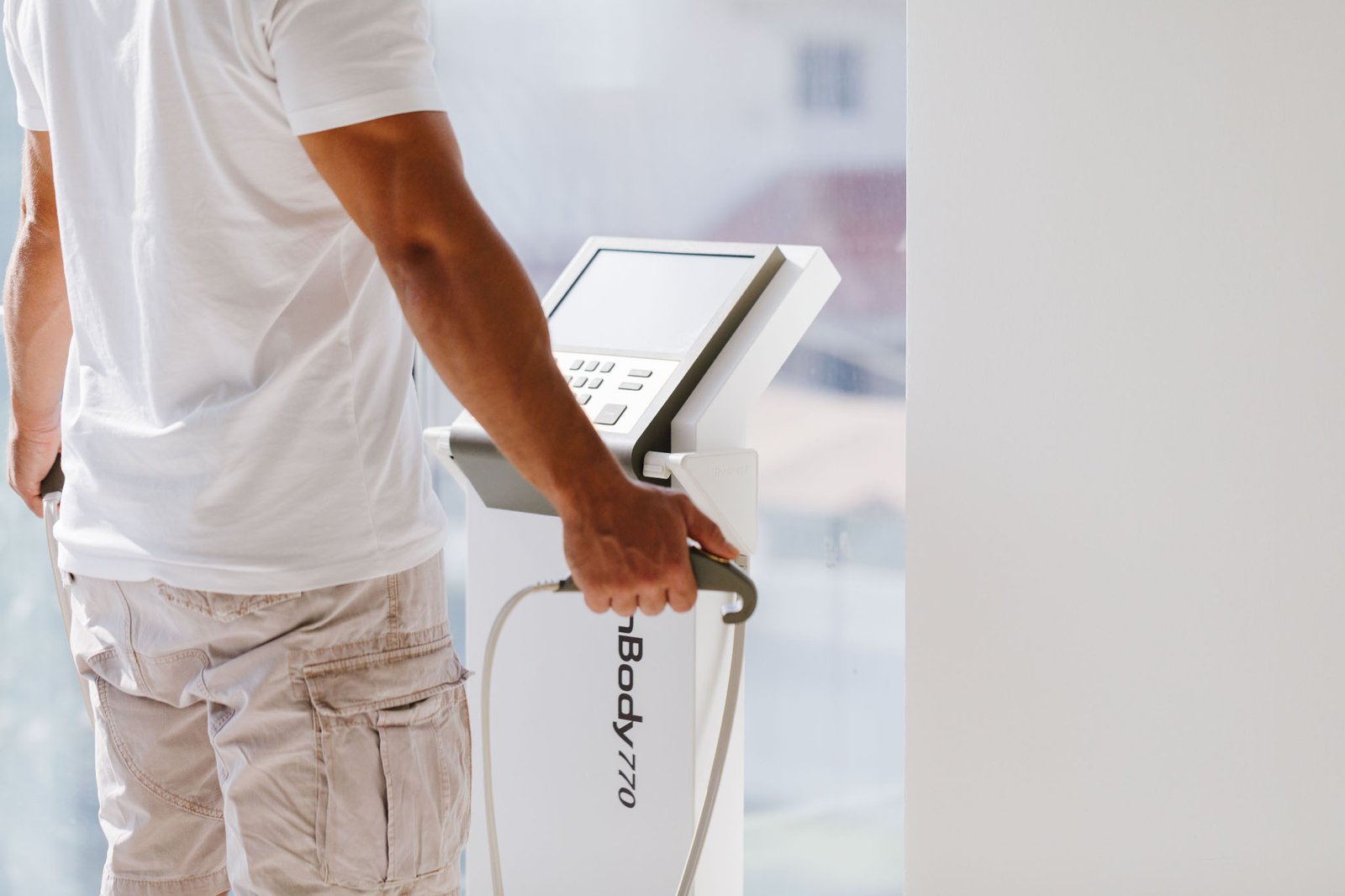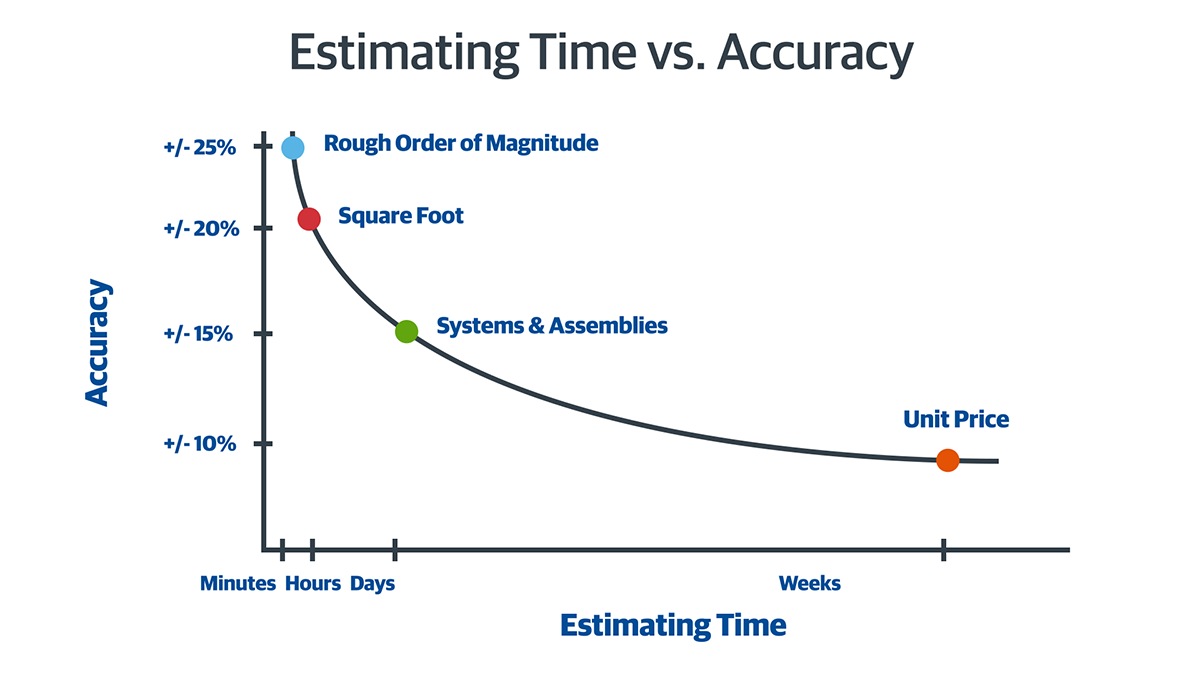In today’s health-conscious world, understanding your body’s composition is essential for achieving fitness goals and maintaining overall well-being. In-Body Analysis at Home in Abu Dhabi has become a convenient and effective way for individuals to monitor their health metrics without visiting a clinic or gym. This innovative approach allows users to access detailed insights about their body composition, including muscle mass, body fat percentage, hydration levels, and more, all from the comfort of their home. The rise of these at-home solutions reflects a shift towards more personalized and accessible health monitoring options, empowering individuals to take control of their health journey.
What is In-Body Analysis?
Defining In-Body Analysis
In-Body Analysis is a comprehensive assessment that measures various aspects of body composition, providing a detailed breakdown of the body’s physical makeup. This analysis typically involves the use of bioelectrical impedance technology, which sends a safe, low-level electrical current through the body to evaluate different tissues. The resulting data offers valuable insights that can guide fitness routines, nutritional plans, and overall health strategies. In-Body Analysis is widely used by fitness enthusiasts, athletes, and health professionals to track progress and make informed decisions.
Key Components Measured in In-Body Analysis
The analysis covers several critical health indicators, including:
- Body Fat Percentage: Indicates the proportion of fat in the body.
- Muscle Mass: Measures the amount of skeletal muscle.
- Hydration Levels: Assesses total body water content.
- Bone Mass: Provides information about bone density.
- Basal Metabolic Rate (BMR): Estimates calories burned at rest.
- Visceral Fat: Measures fat stored around the internal organs.
These components collectively offer a comprehensive picture of an individual’s health status and fitness level.
The Benefits of In-Body Analysis at Home in Abu Dhabi
Convenience and Accessibility
One of the primary advantages of In-Body Analysis at Home Abu Dhabi is the convenience it offers. Users no longer need to schedule appointments or travel to clinics, making regular health monitoring easier and more integrated into daily routines. This accessibility encourages consistent tracking, which is crucial for long-term health management.
Real-Time Progress Tracking
At-home in-body analyzers enable users to monitor their progress in real-time. Whether preparing for a fitness competition, recovering from injury, or simply maintaining general health, these devices allow for frequent assessments. Regular monitoring helps identify trends and adjust fitness or nutrition plans promptly.
Personalized Health Insights
At-home devices often come with user-friendly interfaces and detailed reports, providing personalized insights based on individual data. This personalized approach helps users understand their unique body composition, set realistic goals, and develop tailored strategies for improvement.
Motivation and Accountability
Having immediate access to body composition data can boost motivation. Seeing tangible results from workouts and dietary changes encourages continued effort. Additionally, consistent monitoring fosters accountability, making it easier to stay committed to health goals.
What’s Different About In-Body Analysis at Home vs Gym?
Ease of Use and Accessibility
While gym-based assessments often require scheduling with trainers or health professionals, in-home analyzers are designed for user-friendliness. They typically feature simple interfaces, clear instructions, and quick measurement processes, making it accessible even for beginners.
Frequency of Monitoring
At-home devices promote more frequent assessments, allowing users to track fluctuations and make timely adjustments. In contrast, gym or clinic-based evaluations are usually less frequent due to scheduling constraints.
Privacy and Comfort
Performing body analysis at home offers privacy and comfort, reducing any potential embarrassment or discomfort associated with body measurements in public or shared spaces. This environment can lead to more honest and relaxed assessments.
Cost-Effectiveness Over Time
Although initial investments may vary, using an at-home device can be more cost-effective in the long run by eliminating repeated visits to clinics or gyms. It also saves time and effort, making health monitoring a seamless part of daily life.
How to Choose the Right In-Body Analyzer for Home Use
Accuracy and Reliability
Select devices that are FDA-approved or have demonstrated high accuracy through testing. Reliable measurements are essential for making informed health decisions.
User-Friendliness
Opt for analyzers with intuitive interfaces, clear display screens, and easy setup procedures. User-friendly devices encourage consistent use and minimize frustration.
Compatibility and Connectivity
Many modern analyzers offer Bluetooth or Wi-Fi connectivity, allowing synchronization with smartphones or health apps. This feature facilitates data tracking, analysis, and sharing with healthcare professionals.
Additional Features
Some devices provide extra functionalities such as goal setting, progress tracking, or personalized recommendations. Consider these features based on individual needs and preferences.
Tips for Maximizing the Benefits of In-Body Analysis at Home
Regular Monitoring
Establish a routine, such as weekly or bi-weekly assessments, to monitor changes accurately. Consistency is key to understanding true progress.
Proper Measurement Techniques
Ensure measurements are taken under consistent conditions—preferably at the same time of day, after waking, and before eating or drinking—to improve accuracy.
Use Data to Adjust Strategies
Leverage the insights gained from analysis to refine workout routines, dietary plans, and lifestyle habits. Data-driven adjustments are more likely to yield positive results.
Combine with Other Health Metrics
Integrate in-body analysis with other health indicators like blood pressure, heart rate, and dietary intake for a comprehensive health overview.
The Future of In-Body Analysis at Home
Technological Advancements
Emerging technologies such as AI integration, advanced sensors, and machine learning will enhance the precision and personalization of at-home body composition analysis.
Integration with Wearables and Apps
Future devices will likely seamlessly connect with wearable technology and health apps, providing holistic health monitoring and actionable insights in real-time.
Increased Accessibility
As technology becomes more affordable, a broader population will have access to sophisticated health assessment tools, democratizing health management and preventive care.
Conclusion
In-Body Analysis at Home offers a revolutionary way for individuals to take charge of their health with convenience, accuracy, and personalized insights. This approach empowers users to track their progress regularly, make informed decisions, and stay motivated on their fitness journey. As technology continues to evolve, in-home body composition analysis will become even more integral to personalized health and wellness strategies, making it an essential tool for anyone committed to achieving optimal health.
FAQs
Q1: How often should I perform In-Body Analysis at Home?
It is recommended to perform the analysis weekly or bi-weekly to accurately track progress and make timely adjustments to your health plan.
Q2: Can I rely solely on In-Body Analysis at Home for my health monitoring?
While it provides valuable insights into body composition, it should complement other health assessments and professional advice for a comprehensive health overview.
Q3: Are there specific conditions or circumstances when I should avoid using at-home analyzers?
It’s advisable to follow manufacturer guidelines, especially if you have implanted electronic devices or certain medical conditions. Consult a healthcare professional if unsure.
Q4: What features should I look for in an at-home In-Body analyzer?
Look for accuracy, ease of use, connectivity options, and features like goal setting or progress tracking to enhance your health monitoring experience.
















Leave a Reply